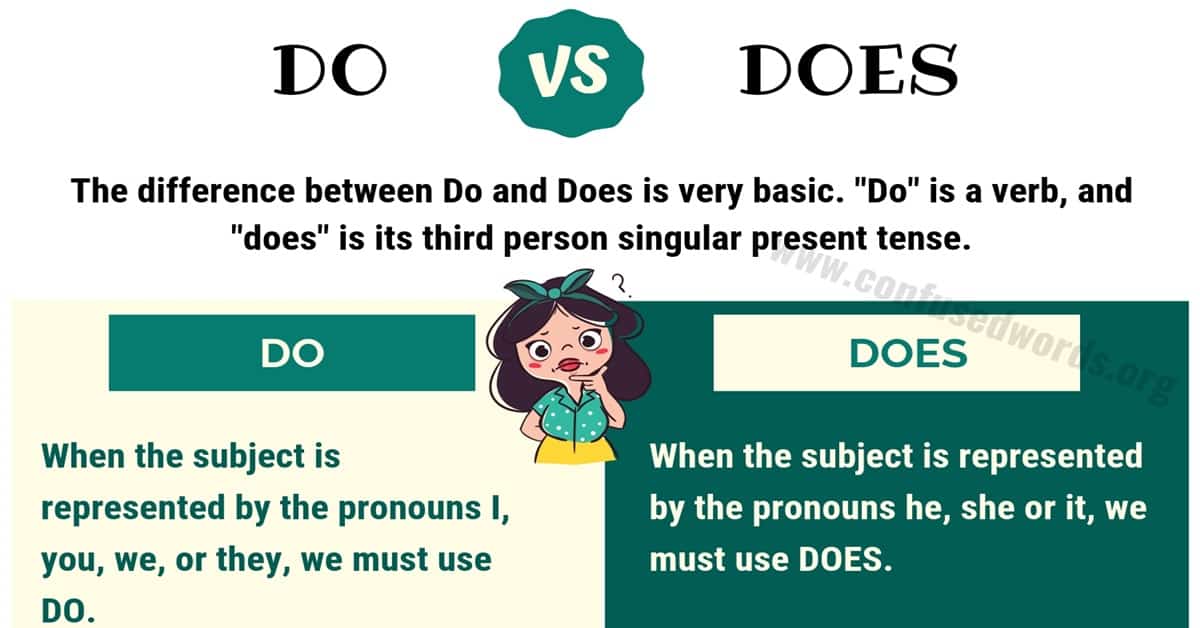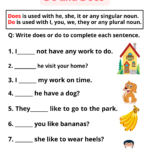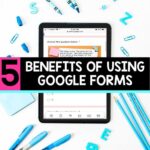Understanding PLAAFP in Special Education: Foundation for Student Success

What Does PLAAFP Stand For in Special Education?
In the realm of special education, PLAAFP stands for Present Levels of Academic Achievement and Functional Performance [1] . This acronym is foundational to the Individualized Education Program (IEP) process, shaping how a student’s unique educational needs are identified and addressed. The PLAAFP statement is not just a bureaucratic requirement-it is the cornerstone for creating meaningful, actionable goals and supports that help students with disabilities thrive in both academic and functional domains [2] .
The Purpose of PLAAFP in the IEP Process
The PLAAFP statement is the starting point for every IEP. Its primary function is to describe, in clear and specific terms, what a student can currently do academically and functionally. This includes academic areas (such as reading or math skills) and functional areas (like daily living, social, communication, and mobility skills). The PLAAFP serves as a baseline from which progress can be measured, allowing educators and families to set realistic, measurable goals and determine the services and supports needed for the student to achieve those goals [3] , [5] .

Source: special-education-journey.com
For example, if a student struggles with reading comprehension, the PLAAFP might state that the student can read grade-level text but requires support to answer inferential questions. If a student has difficulty with social interactions, the PLAAFP would detail specific strengths and challenges in that area, such as being able to greet peers but needing support to maintain conversations [3] .
Key Components of a High-Quality PLAAFP Statement
To ensure a PLAAFP statement is comprehensive and useful, it should:
- Describe Current Performance: Clearly outline what the student can do now in both academic and functional areas, using objective data from assessments, teacher observations, and other relevant sources [2] .
- Explain the Impact of Disability: Detail how the student’s disability affects participation and progress in the general education curriculum or, for preschoolers, in age-appropriate activities [3] .
- Identify Unique Needs: Pinpoint the areas where the student requires additional support, whether academic, behavioral, social, or physical [4] .
- Use Measurable Language: Provide specific, observable, and quantifiable descriptions, such as “can count to 20 with prompting” or “can follow two-step directions 60% of the time” [1] .
Developing an Effective PLAAFP Statement: Step-by-Step Guidance
Creating a high-quality PLAAFP statement requires a systematic approach:

Source: special-education-journey.com
- Gather Comprehensive Data: Collect up-to-date information from formal assessments (standardized tests, curriculum-based measurements), teacher observations, parent input, and student work samples. For students already in special education, review previous IEPs for progress data.
- Analyze Academic Performance: Determine the student’s strengths and needs in core academic areas such as literacy, math, and science. For example, “Student reads at a second-grade level and demonstrates comprehension of factual information but struggles with making inferences.”
- Assess Functional Skills: Evaluate skills critical for daily living and participation in school, such as communication, self-care, behavior, mobility, and social skills. These may include, “Student is able to independently use the restroom but requires verbal cues to wash hands.”
- Document the Impact of Disability: Clearly state how the disability affects access to curriculum and participation in activities. For instance, “Due to sensory processing challenges, student may become overwhelmed in noisy environments, impacting participation during group activities.”
- Write Clear, Measurable Statements: Use language that is specific, objective, and free from jargon. Provide concrete examples and percentages where possible.
- Review and Revise Collaboratively: Work with the full IEP team, including parents and specialists, to ensure the PLAAFP is accurate, complete, and reflects the student’s current abilities and needs.
Real-World Examples of PLAAFP Statements
Consider these examples for greater clarity:
Academic Example: “Maria can solve single-digit addition and subtraction problems independently but requires visual aids to solve two-digit problems with regrouping. She participates in whole-group math lessons and can complete assignments with teacher support.”
Functional Example: “John is able to initiate greetings with familiar adults but needs prompts to maintain eye contact during conversations. He can follow a daily classroom routine but requires assistance to transition between activities.”
These examples highlight how the PLAAFP addresses both academic achievement and functional performance, ensuring a holistic understanding of the student’s needs [5] .
Common Challenges in Writing PLAAFP Statements
Despite their importance, PLAAFP statements can be difficult to write effectively. Common pitfalls include vague language, lack of measurable data, and failure to address both academic and functional needs. Teams may also overlook input from parents or neglect to update the PLAAFP as new data becomes available.
To overcome these challenges, teams should:
- Use specific, objective, and measurable language.
- Include input from all team members, especially families who know the student best.
- Regularly update the PLAAFP to reflect the student’s current performance and needs.
- Consult official resources and training modules for current best practices (for example, state education agency websites or the IRIS Center at Vanderbilt University).
Alternative Approaches: PLOP and PLP
While PLAAFP is the current term under federal law, some states and districts may use alternative acronyms, such as PLOP (Present Levels of Performance) or PLP (Present Level of Performance) [2] . The intent remains the same: to provide a clear, up-to-date picture of the student’s strengths and challenges, forming the foundation for the rest of the IEP.
Practical Steps for Families and Educators
Accessing and developing a strong PLAAFP statement is vital for an effective IEP. If you are a parent or educator:
- Request a copy of the most recent assessment data from your school or district.
- Participate actively in IEP meetings, bringing observations and examples from home and community settings.
- If you have questions, contact your school’s special education coordinator or case manager for guidance.
- For state-specific information, visit your state department of education’s official website and search for “special education IEP guidance.”
- If you need advocacy support, consider reaching out to local or national disability rights organizations.
It may also be helpful to consult resources such as the IRIS Center at Vanderbilt University and Understood.org , both of which offer accessible guides and tools for understanding and implementing PLAAFP statements [2] , [5] . To locate these resources, search for “PLAAFP guidance IRIS Center” or “PLAAFP statement Understood.org.”
Key Takeaways and Next Steps
The PLAAFP statement is the bedrock of every IEP, ensuring educational programs are tailored to each student’s current abilities and unique needs. By grounding the IEP in up-to-date, objective information, families and educators can work together to develop meaningful goals, select appropriate services, and track progress over time.
To get started on improving your (or your child’s) PLAAFP statement:
- Gather and review all available assessment data and observations.
- Ensure that both academic and functional performance are described in detail.
- Collaborate with the entire IEP team for a holistic understanding of needs.
- Consult official resources and experts when in doubt, using search terms like “PLAAFP special education guidance” and referencing your state’s department of education.
Remember, there is no single “correct” way to write a PLAAFP statement, but high-quality statements are always student-centered, data-driven, and actionable. By focusing on these principles, you can help pave the way for a more effective and individualized educational experience.
References
- [1] Texas Project FIRST (n.d.). Present Levels of Academic & Functional Performance.
- [2] IRIS Center, Vanderbilt University (2025). High-Quality PLAAFP Statements.
- [3] ESC Region 13 (2020). What is the PLAAFP?
- [4] Michigan Department of Education (n.d.). IEP Development: Present Level of Academic Achievement and Functional Performance.
- [5] Understood.org (2025). Setting an IEP baseline: PLOP, PLAAFP, and PLP.






